HONOUR LACKEY
Visitor Engagement Intern
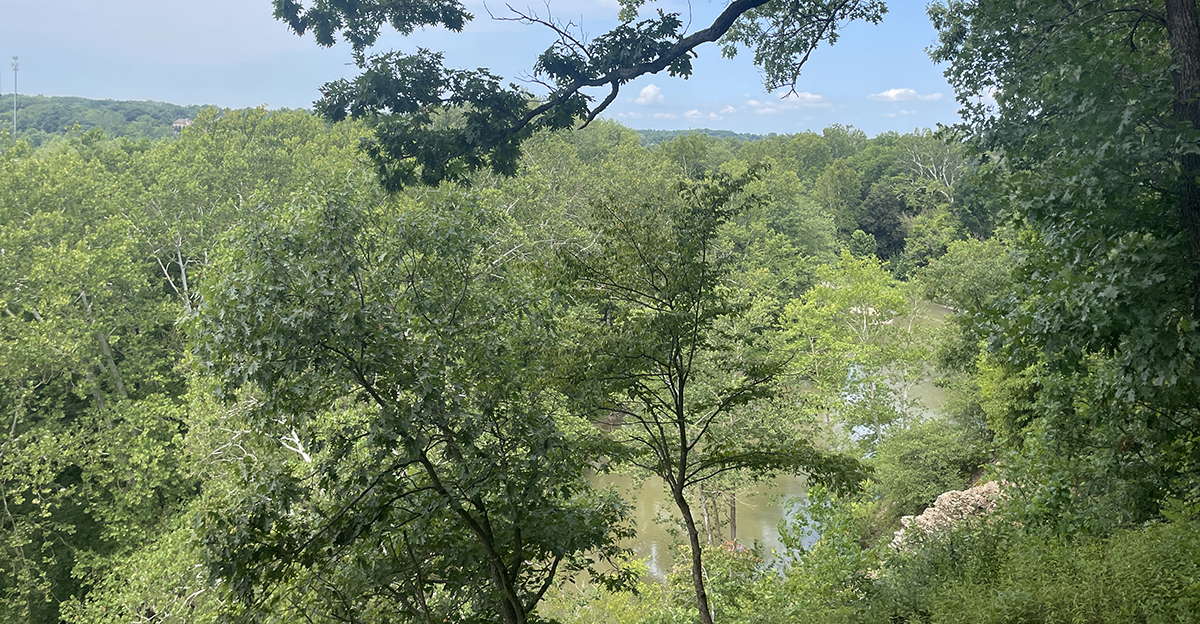
When you think of Metro Parks, maybe you think of the events like WAGfest or SciotoFest. Maybe you think of activities like climbing the rock wall, scaling the via ferrata, or kayaking the Scioto River. Regardless of all of these great opportunities, what I always come back to when I think about Metro Parks is the opportunity to experience and appreciate nature, undisturbed and protected.
Dedicated state nature preserves make up a large piece of the parks’ protected spaces. With multiple sanctioned nature preserves, Metro Parks provides a way for visitors to experience the beauty of native species and habitats, untouched by development or intervention. One of these dedicated spaces is the Edward F Hutchins Nature Preserve, named for a former Metro Parks director.
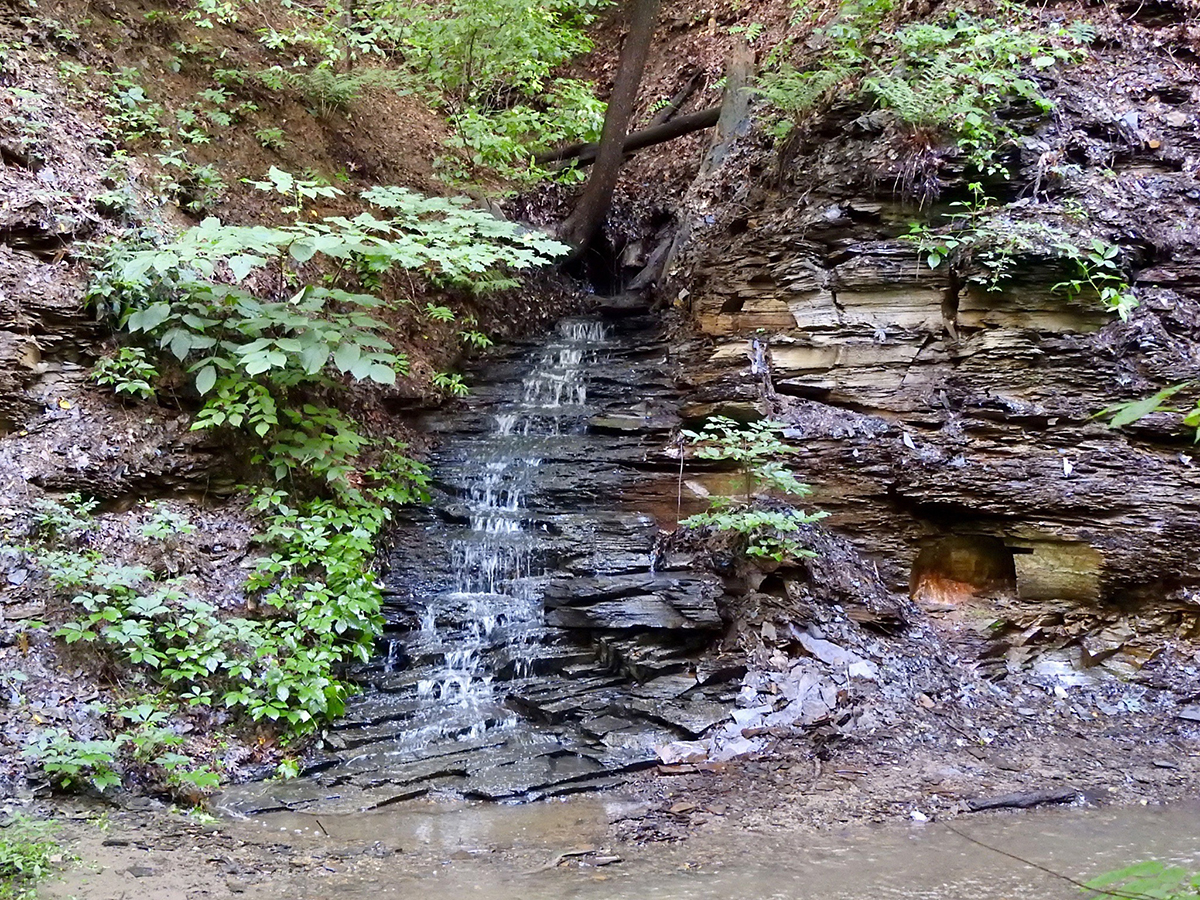
Edward Francis Hutchins, a graduate of Columbus Academy and The Ohio State University, joined the Board of Parks Commissioners in 1967 before being appointed Director-Secretary in 1971. When development on Highbanks Metro Park got started, his dedication to conservation and acquiring park land led to this nature preserve being named for him.
The 206-acre preserve is located on 100-foot-high bluffs of shale dating back to the Devonian Period (around 350 million years ago!) It has 45 tree, 22 shrub and 144 herbaceous species, according to ODNR. The nature preserve is also home to a thousand-year-old semi-circular earthwork from the Late Woodland Native people, designated as a National Historic Landmark.
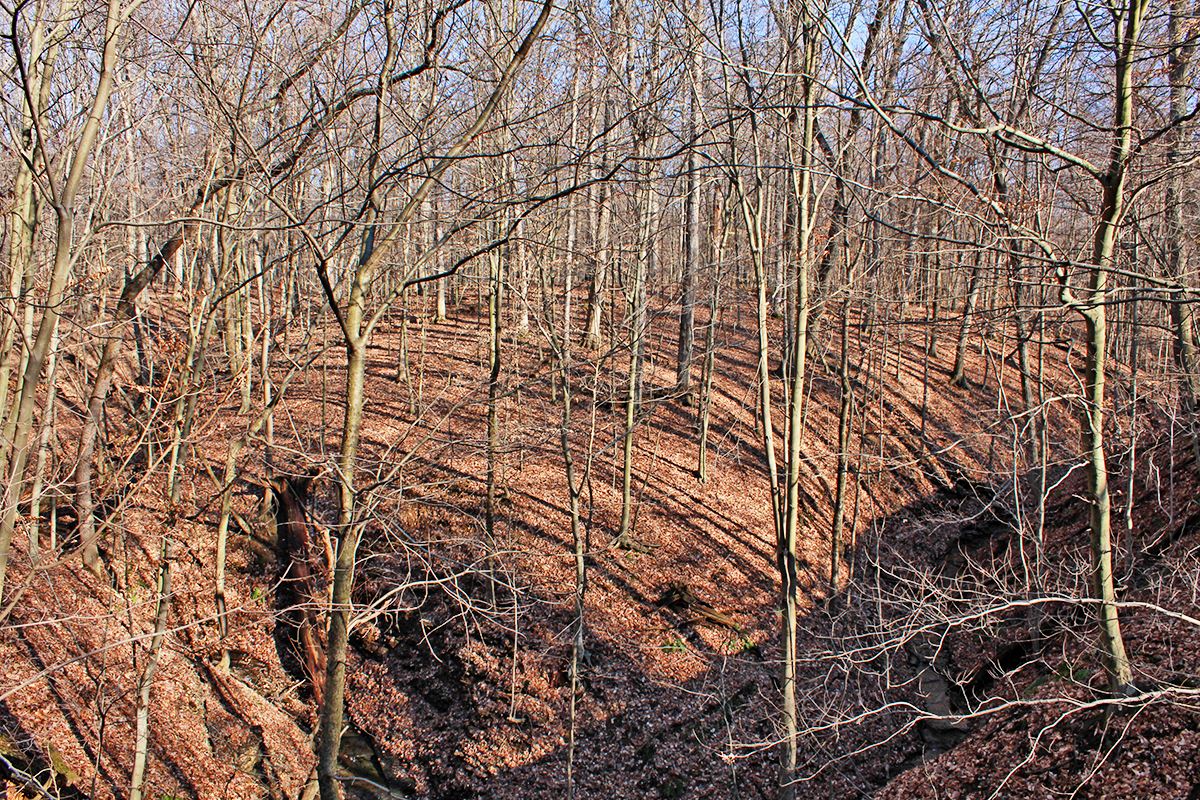
More than anything else, nature preserves like the one at Highbanks are a testament to Metro Parks’ values of conservation and protection. I spoke to Highbanks Park Technician Logan Dunn, who just completed his graduate degree in restoration ecology at Colorado State University, about the preserve and the role of conservation in his everyday work.
“Conservation, to me, is maintaining high-quality habitats for the broadest diversity of species,” Logan said. “By maintaining and conserving these lands, we’re managing them in such a way that we keep them intact. Conservation is more the active management, where preservation is the long-term retention of that high-quality habitat.”
Just outside of the nature preserve is a restored wetlands area that receives regular maintenance. Logan explained to me that they lower the water level of the wetland every year in the summer and flood it in the fall to keep up with the patterns of migratory waterfowl, providing them ample vegetation at the right times of the year. He said that while not directly connected to the nature preserve, the maintenance of that wetland habitat allows for the nature preserve to thrive as well. Both areas are given assessments regularly.
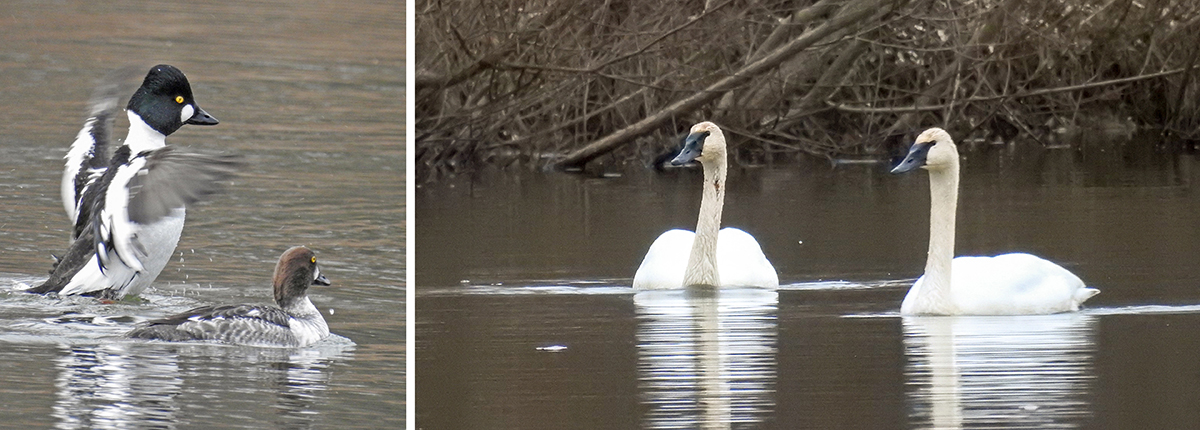
“A lot of times when we lower the wetland water level, we’ll take the staff and go down through the nature preserve so we can check things out. We make sure everything’s still there, make sure things are intact, and look at invasive species,” Logan said.
Logan, who is also a board member for the Ohio Wetlands Association, has constructed around 12 to 13 wetlands in his career. He said his extensive experience with wetland restoration helps with his work in the preserve.
“Some of that knowledge of hydric soils or wetland vegetation can be applied to our nature preserve,” he said. “When a tree falls in a forest, it creates a depression area. That area is going to hold water eventually. We call those water-filled depressions vernal pool complexes, because they are seasonally inundated with water. Some of those seasonal pools will actually be critical habitat for salamanders, frog species like wood frogs or chorus frogs, things of that nature.”
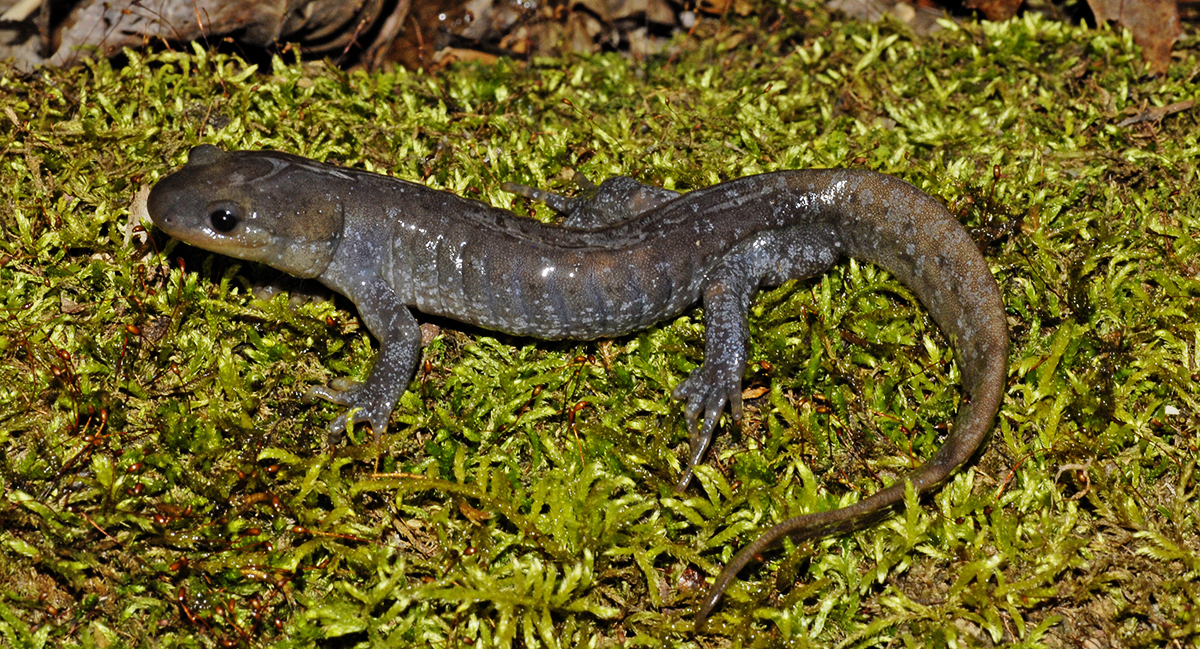
The nature preserve is known for its breeding pool for Jefferson salamanders. Recently, however, Logan reported his first wood frog!
“I was the one doing the assessment early this spring. There was still some ice on the actual vernal pool itself, so it’s very difficult to figure out if there were any eggs or what was inside the vernal pool without busting the ice and potentially impacting the egg sacs. But we had an actual wood frog, sitting on the edge. It was so cool, because it’s never been recorded here.”
These native species are a huge aspect of the nature preserve, giving visitors a step back into what an untouched Ohio would look like. The sturdy oaks standing for 300 years, the dusky slugs and Jefferson salamanders, and the colorful fungi against the dark forest floor, are all features of this long-lasting beauty. Logan said maintaining this area, which doesn’t allow for bikes or dogs, is made easier by the fact that visitor interaction isn’t the main concern.
“From a conservation perspective, I take a little bit more of an interest in our nature preserve than I do some of the other areas of the park, and the reason for that is because it’s an area of the park that isn’t necessarily open to the general public,” Logan said. Visitors are not allowed to go off-trail in our state nature preserves, but can experience the beauty of these areas by staying on the trails. “There’s a large diversity of species that we have there that we don’t have anywhere else in the park. We’ve got a species list that’s been compiled here at the park over decades, and on that species list, it will tell you what’s been found in certain areas of the park. We have recorded a larger number of species of concern or potentially threatened species in the nature preserve, that haven’t been found anywhere else in the park.”
Along with thriving native species, the nature preserve is full of interesting geology. Highbanks is known for its high shale bluffs and rock concretions. Concretions formed around decaying plant or animal life and over millions of years accreted more and more minerals, sometimes growing to a very large size. Concretions are typically round-shaped and can be a big draw for visitors.
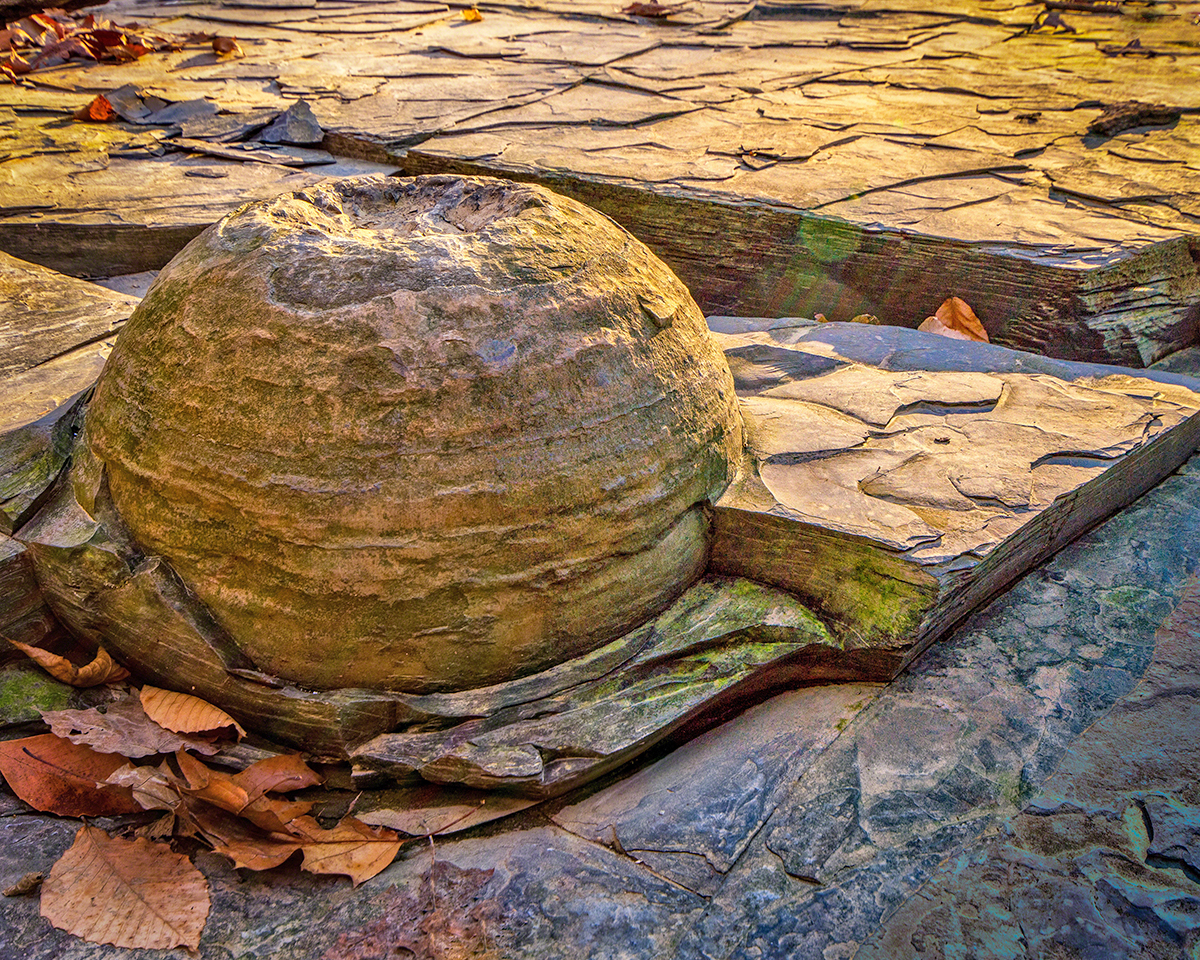
Logan told me that his favorite part of working at Highbanks is being able to share nature as an educational tool, hopefully helping visitors gain interest and respect for the natural world.
“One of my favorite things to do with people is to talk to them about various species of butterflies, and teaching them about those butterflies and maybe some of their host plants, which is a plant that they need in order to survive. Seeing their reactions and them just being very appreciative of that knowledge, is one of my favorite things about the job, because if we can get other people interested in nature, I think we’re in a good spot moving forward into the future.”
No matter how knowledgeable you are on native species, how many trees you can name, or how many birds you can spot, all one really needs to do to appreciate nature is respect it. Take a stroll on the trails through the nature preserve and think about how old the trees must be to provide such ample shade. Sit on one of the benches and listen to the quick scurrying of squirrels. Stand on the observation deck and look out over the peaceful Olentangy River, which has been designated as a state scenic river. However you choose to engage with the outdoors, places like the Metro Parks state nature preserves provide the space to respect and appreciate Ohio’s natural beauty.
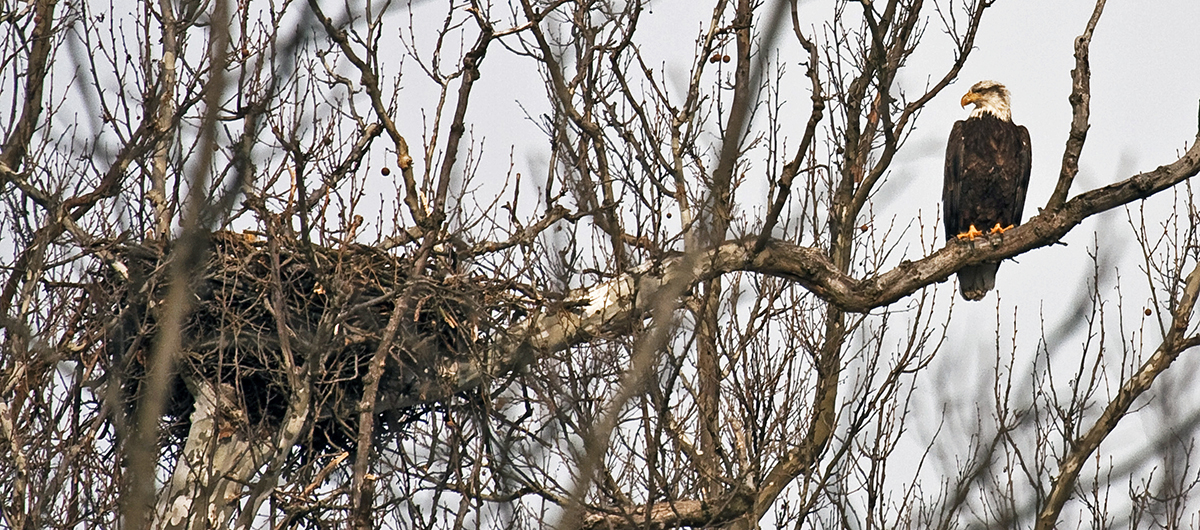

We love Highbanks. We try to come every Sunday morning and consider it our church morning. To us there is no better place to meet with God than in God’s country.
Thank you to all who have made this possible for us and the many other people that we see on Sunday Mornings.
High Banks: My European relatives were surprised by all that it offers to the visitor and commented on the wisdom of the Metro Park system. “Save wild places before they are destroyed. You have left precious gift for your descendents and the world.”